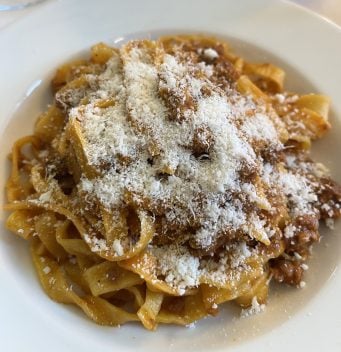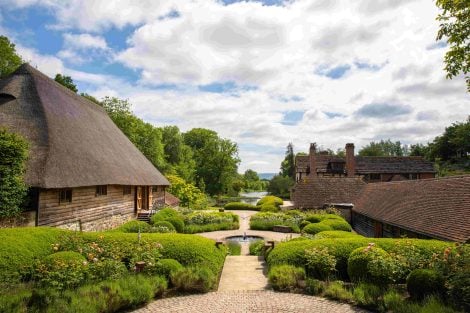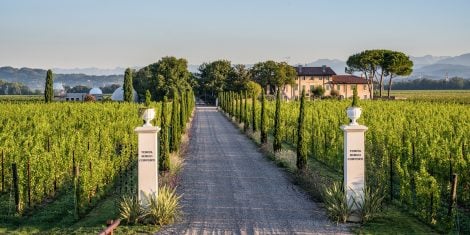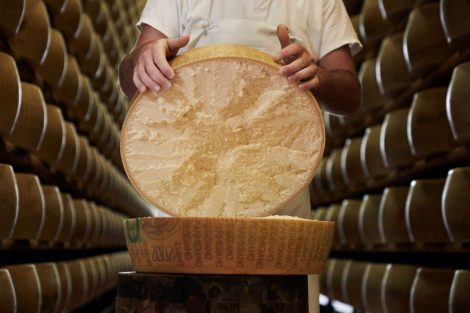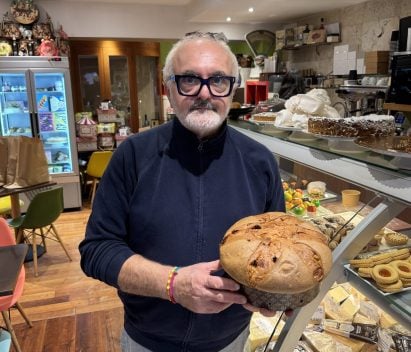Edoardo Dottori is a winemaker of great talent who, in the Marche region, represents the latest generation of new interpreters of the Castelli di Jesi: after a classical education and a degree in agricultural sciences from the Università Politecnica delle Marche in Ancona, Edoardo is also a passionate promoter of wine and extra virgin olive oil culture (where he is recognised as an expert in polyconic vase pruning), as well as a teacher at the “S. Salvati” Professional Institute for Agriculture and the Environment in Pianello Vallesina.
Edoardo Dottori, the vineyards and the wines he produces
His work among the vines began in 2012, while his thesis was still fresh off the press: in that year, he planted five and a half hectares in San Paolo di Jesi, in the “Acquasalata” area, known for springs richer in sodium than elsewhere. The vineyard, though a single plot with a north-facing exposure, has a distinctive feature: the lower section is composed of clay soils, while the upper part is richer in limestone, sand, and marine-origin stones: “The difference is quite easy to explain. It is likely due to a landslide that altered the terrain, moving younger layers downhill and exposing older ones; in fact, you can find several fossilised shells here.”
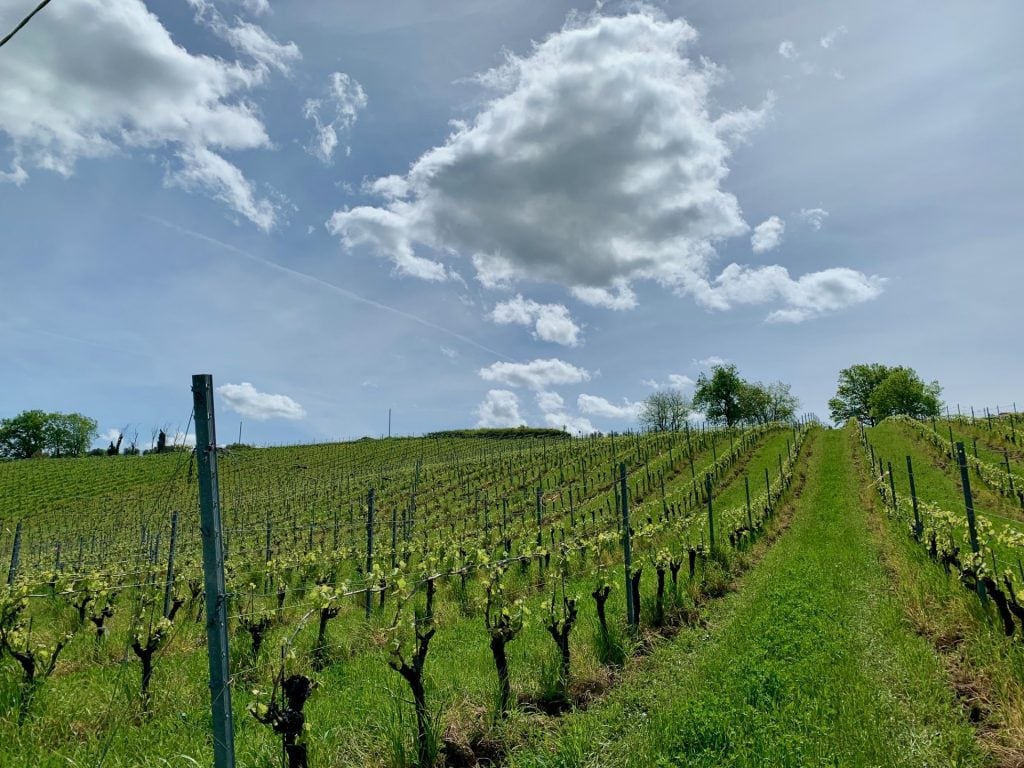
Verdicchio dei Castelli di Jesi Kochlos Riserva 2022
This is the origin of his Verdicchio dei Castelli di Jesi Riserva Kochlos, whose name means “shell” in ancient Greek, and which, with the 2022 vintage, earned the estate its first Tre Bicchieri award from the Gambero Rosso Vini d’Italia 2025 guide.
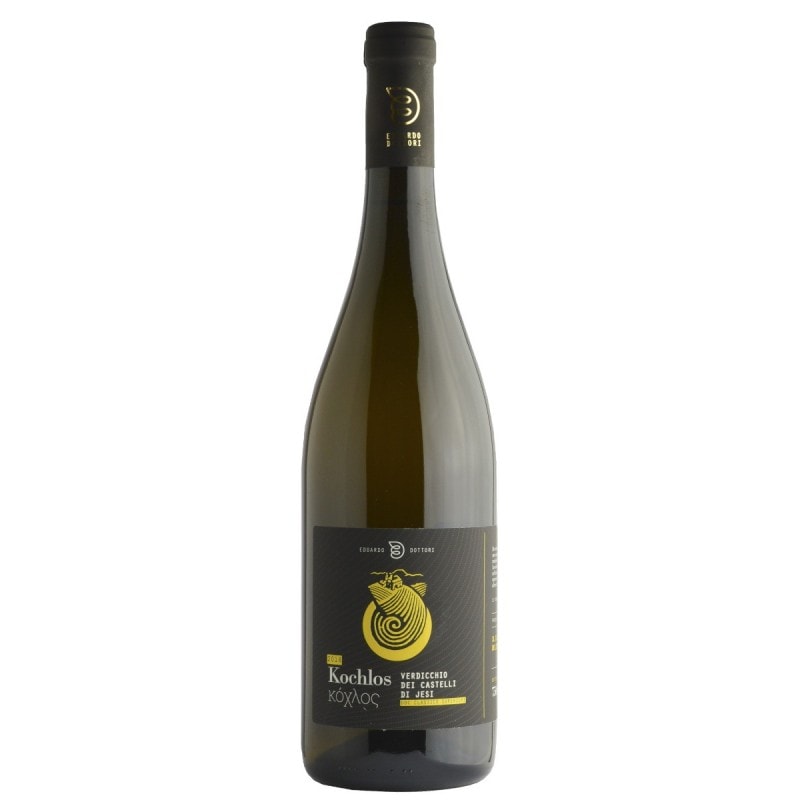
From the lower part of the vineyard comes the raw material for Colle Bianco, a youthful Verdicchio bursting with sapidity and vivid acidity in every drop.
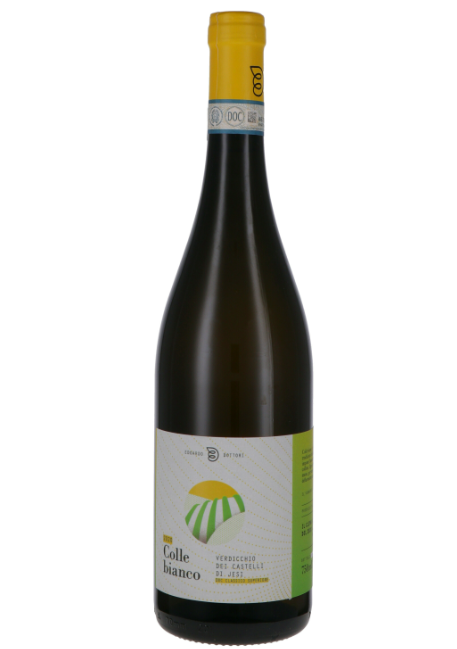
To walk the vineyards that give rise to the third white label, one must move to the other side of the valley, entering the municipality of Cupramontana. From a single hectare of 60-year-old vines located in Contrada San Michele – a true Grand Cru of the Castelli di Jesi – Edoardo produces Nardì, named after the winemaker who supplied his family’s daily wine. Childhood memories and sentimental ties mix with Verdicchio grapes “contaminated” by Trebbiano and long white Malvasia, in homage to the sharecropping tradition of diversifying crops, even in the vineyard. Nardì ’23 is a wine of fibre, genuinely rustic and spontaneous, with exceptional gastronomic versatility and a flavourful drinkability.
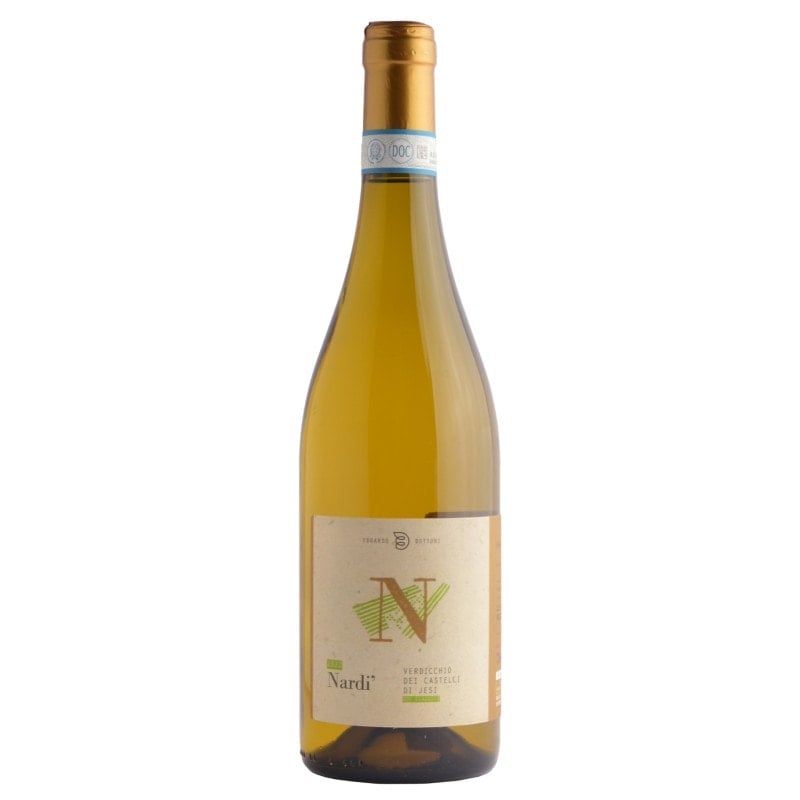
The new winery (still in the spirit of artisanal production)
In 2024, the new winery began operating, still in Cupramontana but now located in Contrada Morella, just steps from the previous vines. The facility, equipped with steel and concrete vats, remains small and makes it clear that large volumes are not on the agenda. The artisanal approach remains the guiding principle. Around the new structure, an additional hectare and a half of vineyard was planted in 2022, featuring primarily Jesi grapes and small quantities of red varieties (Montepulciano, along with a little Vernaccia and Lacrima), which are blended into the limited production of Ribè, a small red brushstroke in an otherwise predominantly white panorama.
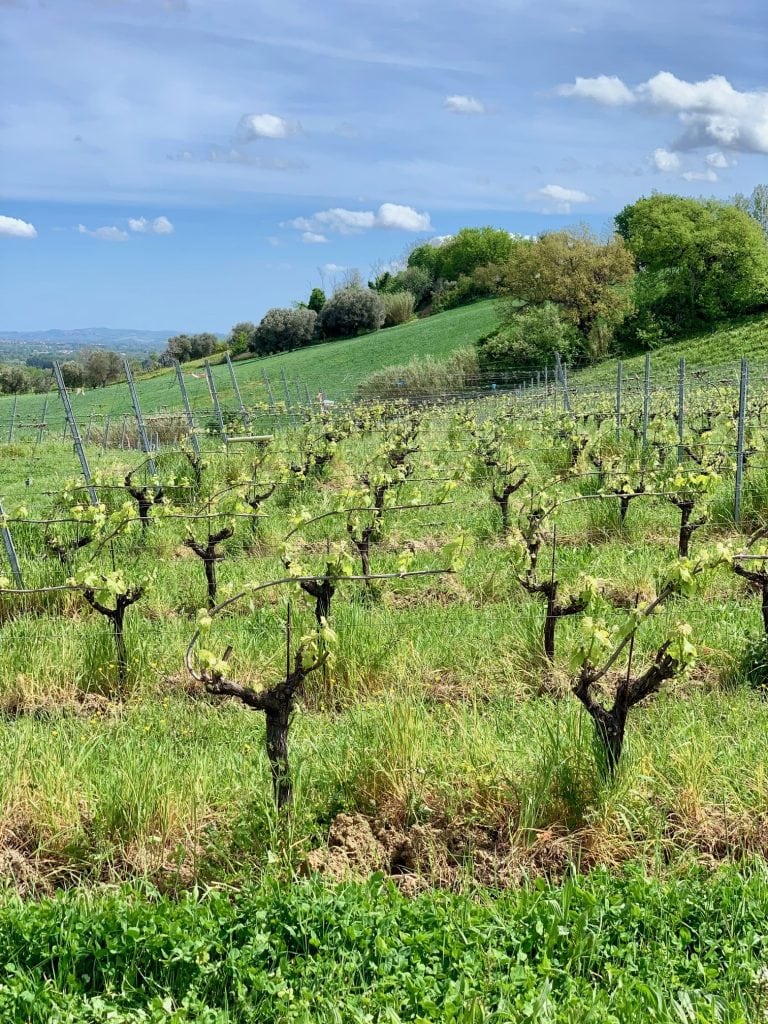
A project with a long-term vision
What is striking about such a young winemaker – Edoardo is 34 – is the awareness with which he approaches his work, and especially the way he looks to the future, not just his own, but that of his land and territory. “I’m trying to work the soil as little as possible,” he explains, “so that in a few years the organic matter in the soil increases exponentially,” helping the vine in many ways, including improving its ability to retain water, which will provide relief to the plants during the driest seasons.
And between one barrel tasting and another from the latest vintage, still ageing, accompanied by generous slices of Easter cheese pizza and homemade cured meats, a magnum of Kochlos ’20 appears, showing remarkable aromatic expressiveness, a bold sip, and a perfect developmental arc – deeply rooted in the territory. Exactly what Edoardo had set as his goal at the beginning of his winemaking journey.

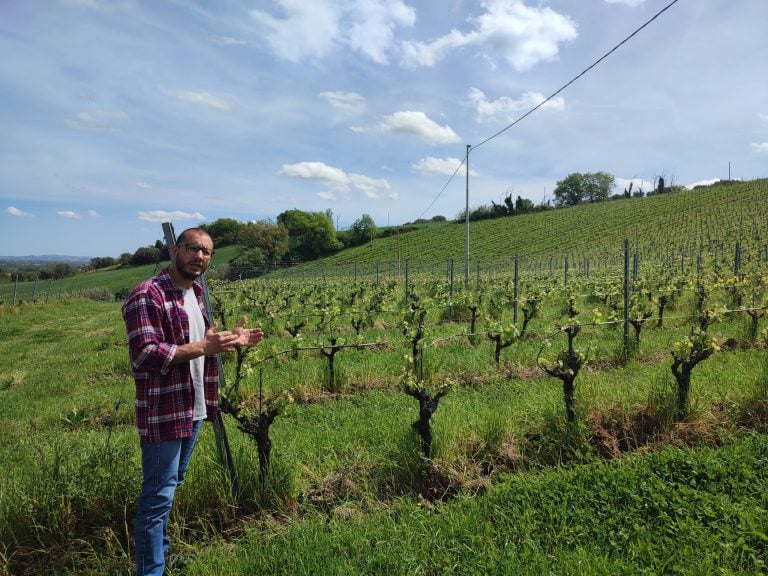
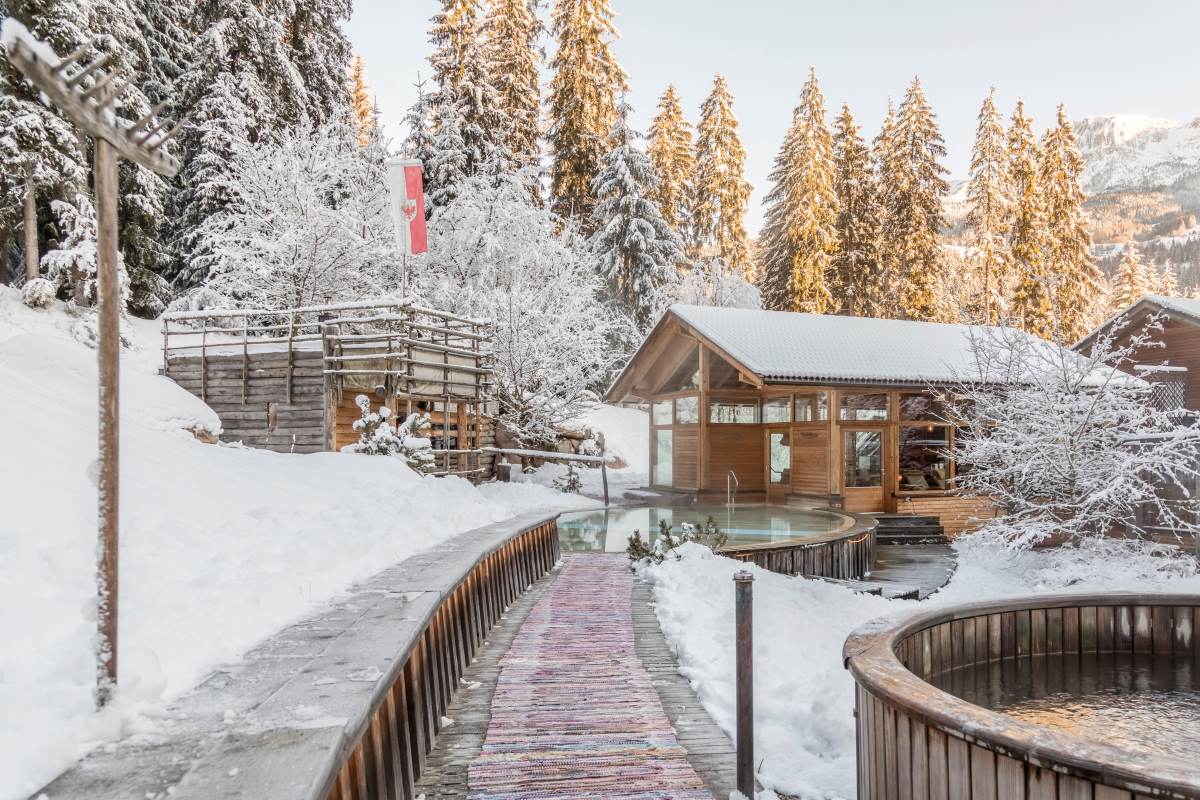 The alpine hotel where you can enjoy outstanding mountain cuisine
The alpine hotel where you can enjoy outstanding mountain cuisine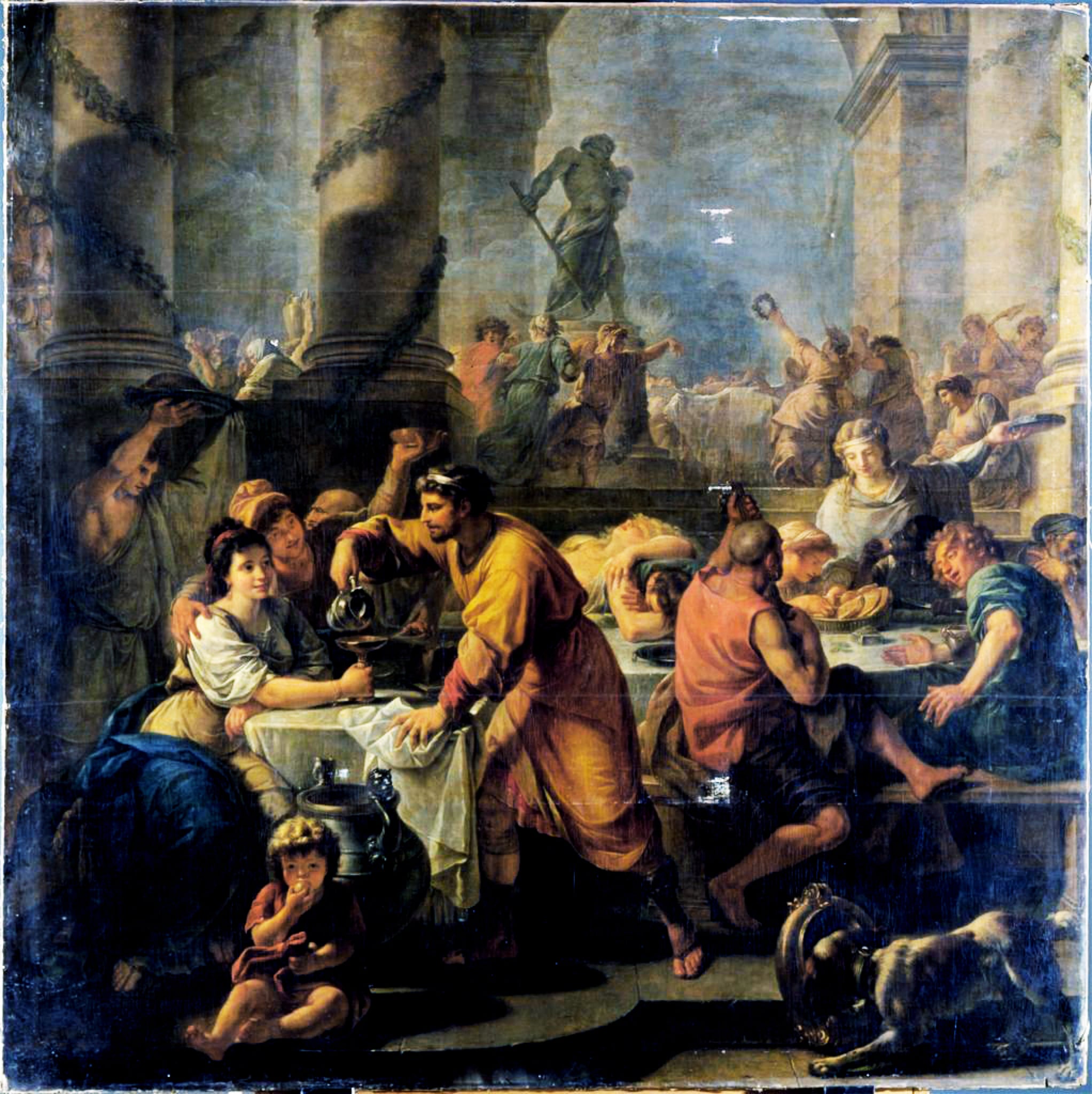 Io Saturnalia! How to celebrate the festive season like an Ancient Roman
Io Saturnalia! How to celebrate the festive season like an Ancient Roman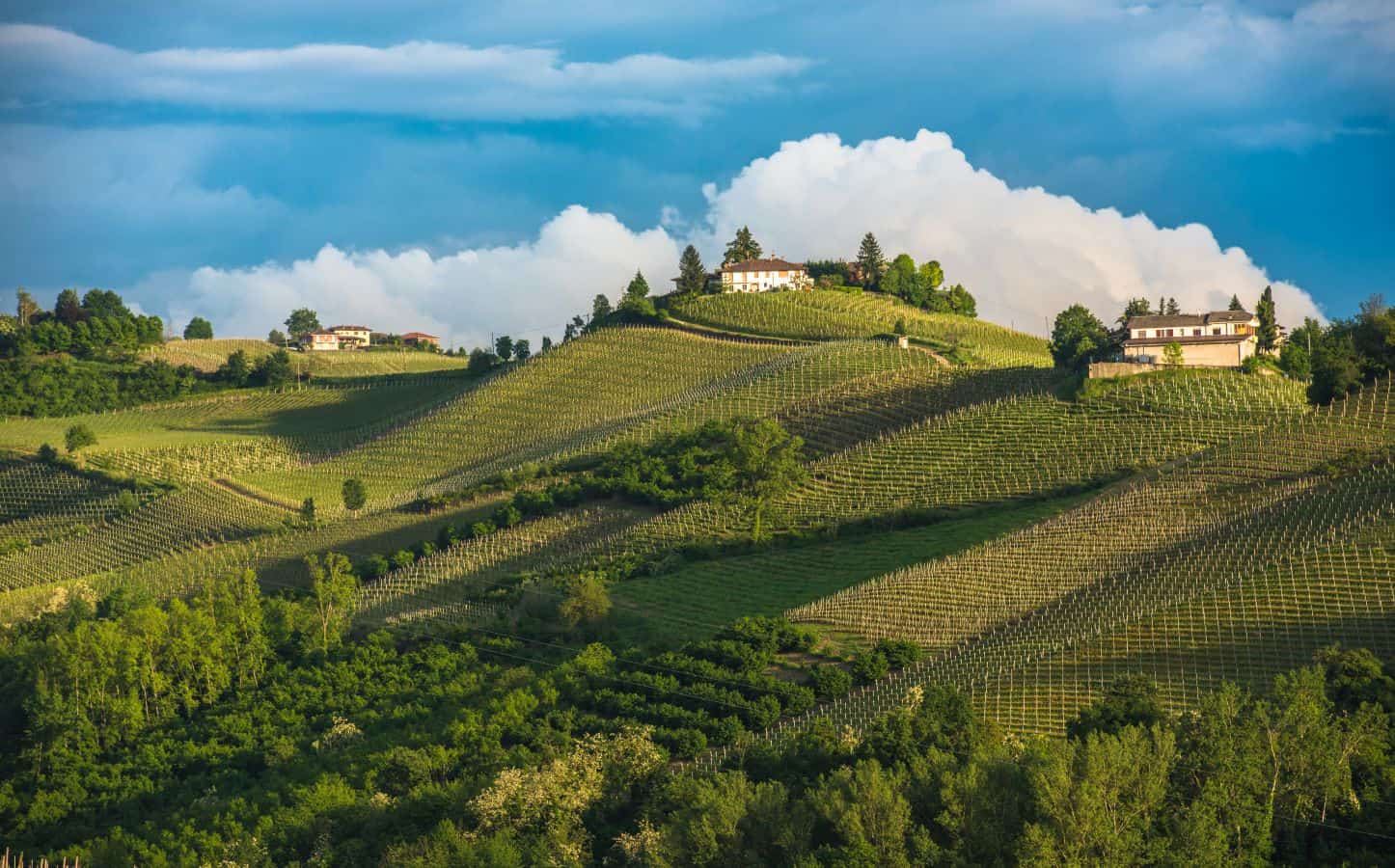 The UNESCO effect: tourism is growing, but there is a risk of losing identity
The UNESCO effect: tourism is growing, but there is a risk of losing identity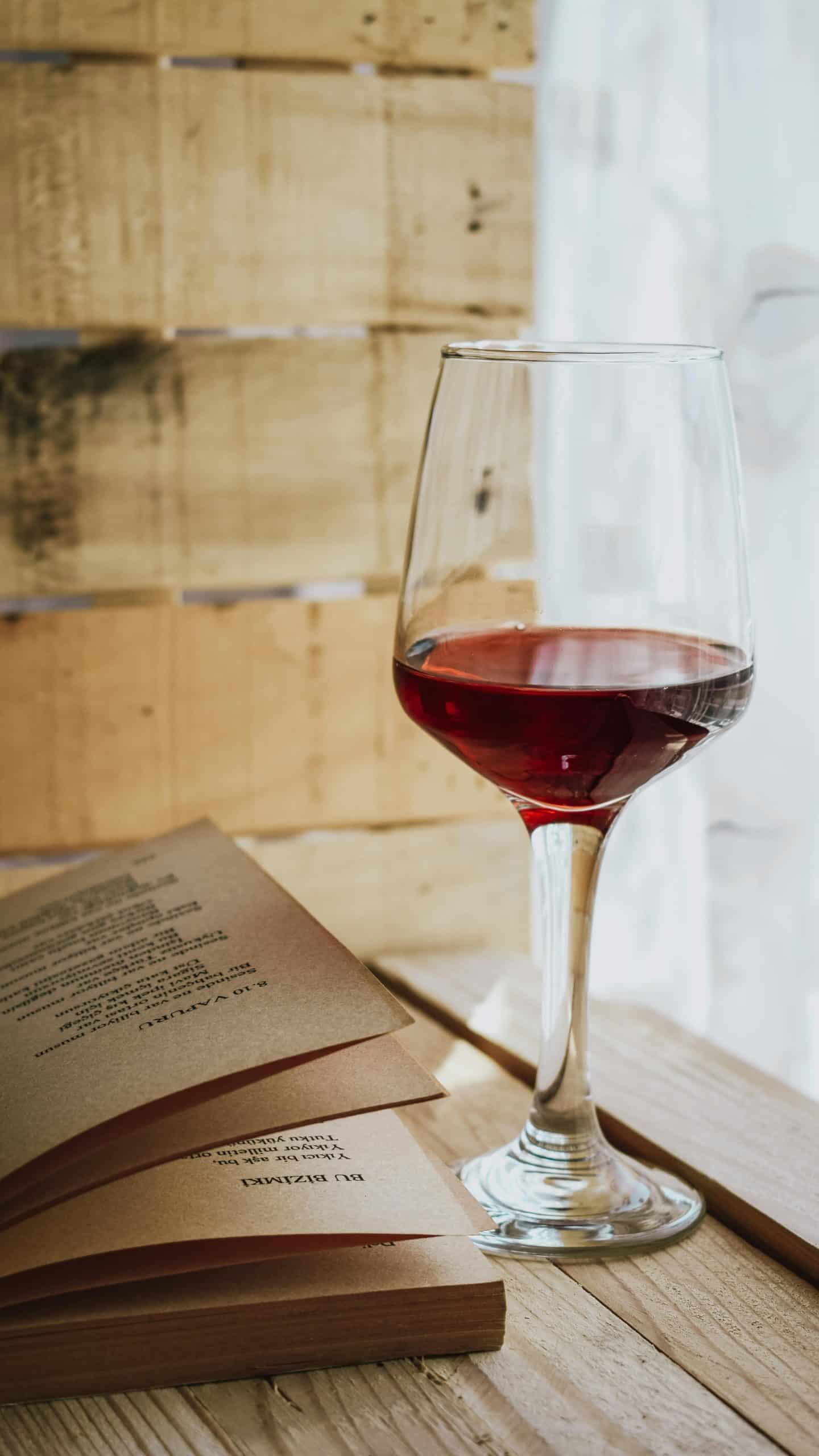 The perfect pairing? Wine and books
The perfect pairing? Wine and books 2025 was the year of Trump's tariffs – will 2026 be better for Italian wine in the US?
2025 was the year of Trump's tariffs – will 2026 be better for Italian wine in the US?